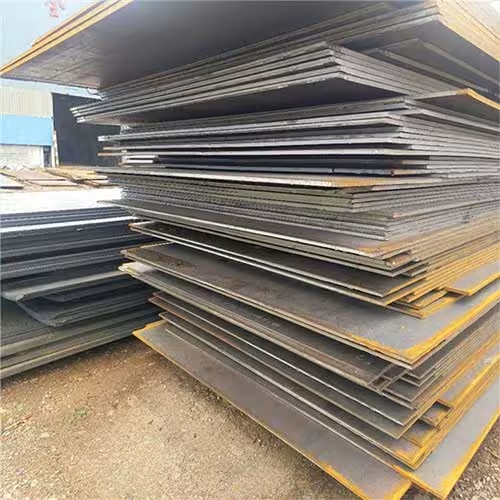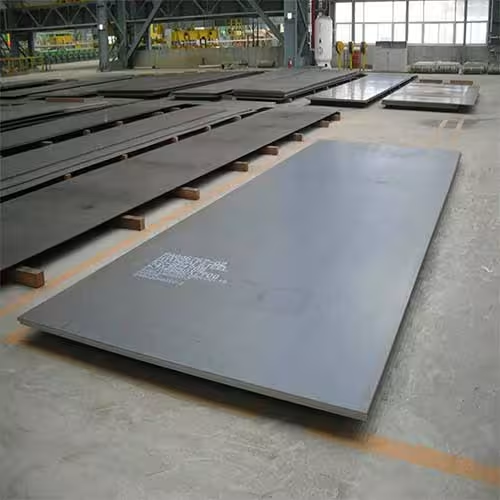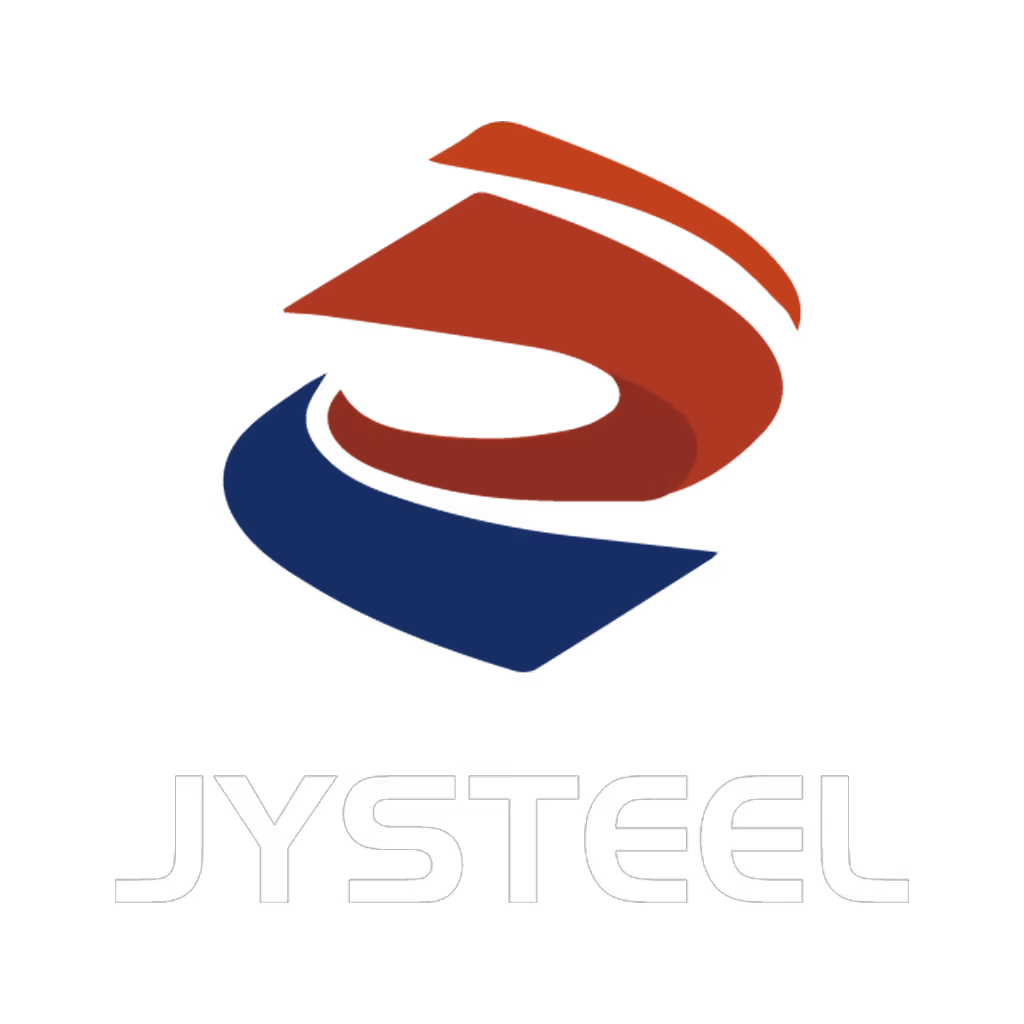Welcome to My Blog!
Before we dive into the content, I’d love for you to join me on my social media platforms where I share more insights, engage with the community, and post updates. Here’s how you can connect with me:
Facebook:https://www.facebook.com/profile.php?id=61565500692293
Now, let’s get started on our journey together. I hope you find the content here insightful, engaging, and valuable.
Table of Contents
Introduction

Steel plates are fundamental components in various industries, including construction, manufacturing, and engineering. Understanding the weight standards of steel plates is crucial for project planning, material handling, and transportation logistics. This comprehensive guide will delve into the key aspects of steel plates weight standards, covering everything from basic calculations to industry-specific requirements. Whether you are a project manager, an engineer, or a procurement specialist, this guide will equip you with the knowledge needed to make informed decisions regarding steel plate usage.
Understanding Steel Plates Weight
What Is Steel Plates Weight?
Steel plates weight refers to the mass of steel plates, which is a critical parameter in numerous applications. The weight of a steel plate depends on its dimensions (length, width, and thickness) and the specific type of steel used. Accurate weight calculations are essential for structural design, load-bearing assessments, and transportation planning.
Importance of Accurate Weight Calculation
Accurate weight calculation is vital for several reasons:
- Structural Integrity: Ensuring that the steel plates used in construction or manufacturing meet the required weight standards is crucial for maintaining structural integrity.
- Transportation Logistics: Knowing the exact weight helps in planning transportation, as weight limits for vehicles and shipping containers must be adhered to.
- Material Handling: Proper weight assessment ensures that the appropriate equipment is used for lifting and moving steel plates, preventing accidents and damage.
How to Calculate Steel Plates Weight
Basic Formula for Weight Calculation
The weight of a steel plate can be calculated using the following formula:
[ \text{Weight} = \text{Volume} \times \text{Density} ]
Where:
- Volume = Length × Width × Thickness
- Density = Specific density of the steel type (typically around 7850 kg/m³ for mild steel)
Example Calculation
Let’s consider a steel plate with the following dimensions:
- Length: 2 meters
- Width: 1 meter
- Thickness: 10 mm (0.01 meters)
Using the formula:
[ \text{Volume} = 2 \, \text{m} \times 1 \, \text{m} \times 0.01 \, \text{m} = 0.02 \, \text{m}^3 ]
[ \text{Weight} = 0.02 \, \text{m}^3 \times 7850 \, \text{kg/m}^3 = 157 \, \text{kg} ]
This example illustrates how to calculate the weight of a steel plate based on its dimensions and the density of the steel.
Steel Plates Weight Standards by Industry

Construction Industry
In the construction industry, steel plates are used for structural components such as beams, columns, and foundations. Weight standards are critical for ensuring that the steel plates can support the intended load without compromising structural integrity. Construction projects often require steel plates to meet specific weight and strength requirements as per building codes and regulations.
Manufacturing Industry
In manufacturing, steel plates are used for a variety of applications, including machinery parts, automotive components, and heavy equipment. The weight of steel plates is important for designing and fabricating components that meet the required specifications. Manufacturers must adhere to industry standards to ensure product quality and safety.
Transportation Industry
For the transportation industry, weight standards are crucial for compliance with vehicle and shipping regulations. Steel plates used in the construction of vehicles, ships, and aircraft must meet specific weight limits to ensure safety and efficiency. Accurate weight calculations help in optimizing fuel consumption and reducing operational costs.
Comparison of Steel Plates Weight Standards
| Industry | Weight Standard (kg) | Thickness (mm) | Length (m) | Width (m) | Application |
|---|---|---|---|---|---|
| Construction | 157 | 10 | 2 | 1 | Structural components |
| Manufacturing | 235 | 15 | 2.5 | 1.5 | Machinery parts |
| Transportation | 310 | 20 | 3 | 2 | Vehicle and ship components |
| Automotive | 120 | 8 | 1.8 | 1.2 | Automotive components |
| Heavy Equipment | 450 | 30 | 4 | 3 | Heavy machinery |
Factors Affecting Steel Plates Weight
Material Density
The density of the steel type used significantly impacts the weight of the steel plate. Different types of steel have varying densities. For example, mild steel has a density of around 7850 kg/m³, while stainless steel has a slightly higher density of around 7900 kg/m³. Understanding the specific density of the steel type is crucial for accurate weight calculations.
Plate Dimensions
The dimensions of the steel plate (length, width, and thickness) directly affect its weight. Larger dimensions result in a higher volume, which in turn increases the weight. Accurate measurements are essential for precise weight calculations.
Surface Treatment
Surface treatments such as galvanizing, painting, or coating can add to the overall weight of the steel plate. While the additional weight is usually minimal, it should be considered in applications where precise weight measurements are critical.
Practical Tips for Handling Steel Plates

Proper Lifting Techniques
Handling steel plates requires proper lifting techniques to ensure safety and prevent damage. Use appropriate lifting equipment such as cranes, forklifts, or plate clamps. Ensure that the lifting capacity of the equipment matches the weight of the steel plate.
Storage and Handling
Store steel plates in a dry, flat area to prevent deformation and corrosion. Use protective padding or supports to prevent scratches and damage during storage and transportation. Regular inspections of stored steel plates can help identify any potential issues early.
Safety Precautions
Always follow safety guidelines when handling steel plates. Wear appropriate personal protective equipment (PPE) such as gloves, safety shoes, and helmets. Ensure that all personnel involved in handling and transporting steel plates are trained in proper safety procedures.
Conclusion
Understanding and adhering to steel plates weight standards is essential for various industries, including construction, manufacturing, and transportation. Accurate weight calculations ensure structural integrity, compliance with regulations, and efficient material handling.
By following the guidelines outlined in this blog, you can make informed decisions regarding steel plate usage, ensuring safety, efficiency, and quality in your projects. Whether you are involved in building structures, manufacturing components, or transporting goods, a thorough understanding of steel plates weight standards is crucial for success.
FAQ
How do I calculate the weight of a steel plate?
To calculate the weight of a steel plate, use the formula: Weight = Volume × Density. The volume is calculated as Length × Width × Thickness, and the density of steel is typically around 7850 kg/m³ for mild steel.
What are the weight standards for steel plates in the construction industry?
In the construction industry, steel plates must meet specific weight and strength requirements as per building codes and regulations. The weight of a steel plate depends on its dimensions and the type of steel used. For example, a steel plate with dimensions of 2 meters in length, 1 meter in width, and 10 mm in thickness weighs approximately 157 kg.
How does the density of steel affect the weight of a steel plate?
The density of steel significantly impacts the weight of a steel plate. Different types of steel have varying densities. For example, mild steel has a density of around 7850 kg/m³, while stainless steel has a slightly higher density of around 7900 kg/m³. Understanding the specific density of the steel type is crucial for accurate weight calculations.
What are the common applications of steel plates?
Steel plates are used in a wide range of applications across various industries. In construction, they are used for structural components such as beams, columns, and foundations. In manufacturing, steel plates are used for machinery parts, automotive components, and heavy equipment. The transportation industry uses steel plates for vehicles, ships, and aircraft components.
How can I ensure the safety of handling steel plates?
To ensure the safety of handling steel plates, use appropriate lifting equipment such as cranes, forklifts, or plate clamps. Ensure that the lifting capacity of the equipment matches the weight of the steel plate. Wear appropriate personal protective equipment (PPE) such as gloves, safety shoes, and helmets. Regularly inspect lifting equipment and follow proper safety procedures to prevent accidents and damage.

